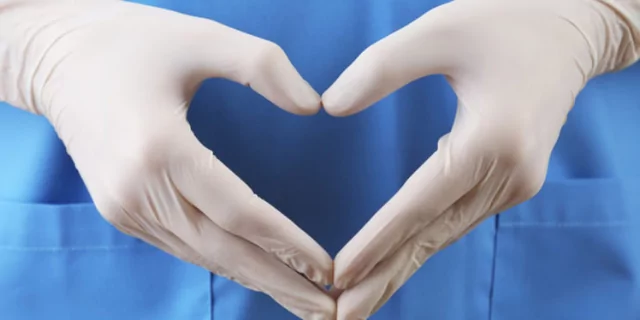
Your teeth are very strong. They’re designed to chew your food and help you communicate. Teeth are living, breathing things that have soft tissues on the inside protected by a dental crown layered in enamel. Enamel is considered the strongest material on or in the human body. It’s designed to protect your teeth.
But when that enamel is threatened by plaque buildup, your teeth are also at risk. Plaque buildup can cause bacterial infections which eat past your enamel and can even penetrate the dental crown. Once the inner tissues of the tooth are breached by disease, surrounding teeth can pass the bacteria to one another. This can cause serious oral health complications.
Other situations can occur which will also expose your teeth to disease and decay, such as chipping a tooth. Cracking or chipping a tooth happens more often than you might think. If your front teeth are weakened by lack of enamel, they could break or chip when you bite down on something particularly hard or knock your tooth against an object.
Dental bonding is a great solution to fixing chips or cracks in teeth before they allow a bacterial infection to form and spread!
What Is Tooth Bonding?
Dental bonding, or tooth bonding, is a type of restorative and cosmetic dental treatment we offer at Weinberg Dentistry. It can help with discolored and cracked teeth, lengthen abnormally short teeth, or even prevent infection by filling in gaps between teeth as well.
Dental bonding is when a composite resin material is adhered to the damaged area of your teeth, filling in these broken, chipped, or discolored areas and restoring your tooth to a natural-looking whole.
Situations That Require Tooth Bonding
Teeth bonding is ideal for situations in which teeth have suffered minor injuries but aren’t severely decaying or diseased. Tooth bonding is also best for patients who are happy with the current shade of their teeth but want to prevent the nicks in their teeth from getting infected.
Dental Bonding Procedure
A great way to prevent infection in cracked or damaged teeth is with dental bonds. You might hesitate because you’re not sure what goes into the bonding treatment. Dental bonding is a very quick procedure that can be started and completed in just one appointment.
- Prep Work: Since dental bonding is all about the aesthetic appeal, we’ll first find the composite resin color that most closely matches your tooth.
- Numbing: Local anesthesia can be used if your chip or crack is near a nerve ending. Otherwise, we shouldn’t need to numb the area to provide you a comfortable treatment.
- Bonding: We will then apply a dental adhesive. The bond itself comes after, and the adhesive seals it to your tooth.
- Shaping: We’ll then shape the resin material so that it blends in and takes on the natural look and appearance of your tooth.
- Drying: We’ll put a dental UV light up to the area to help the resin material harden faster and adhere properly to your natural tooth. This will result in a strong, tooth-like coating.
Taking Care of Your Bonded Tooth
The composite resin material bonded to your tooth is not going to be as strong as your remaining natural tooth material or your enamel. It’s important to remember this fact as you care for your bonded tooth.
- Avoid chewing hard things like ice and candy because it can damage the bond.
- The resin material may also get stained over time if you drink soda, coffee, or wine.
- Whitening treatments could make your natural teeth and the veneers different colors.
Get Dental Bonding Today!
Chips and cracks in teeth can put your teeth at risk for disease and decay. Don’t hesitate to have those chips or cracks fixed with teeth bonding from Weinberg Dentistry. Contact us today to learn more!

